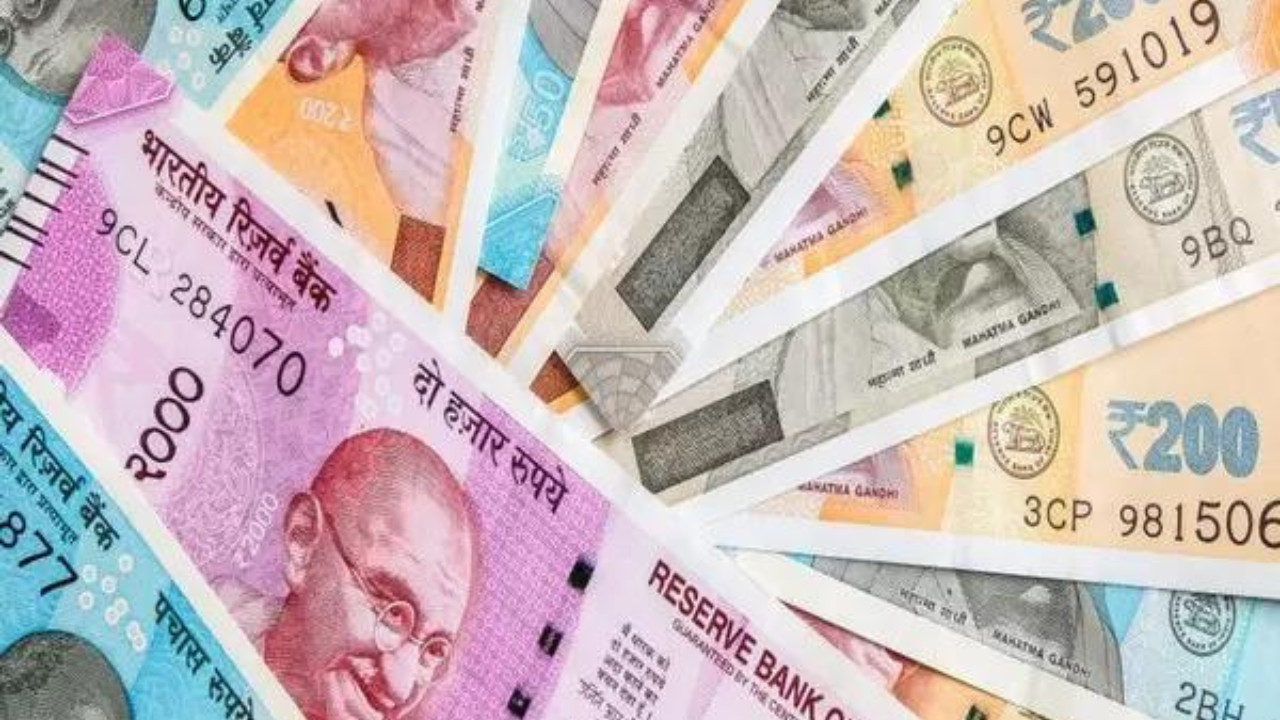The Rupee Rollercoaster: What’s Behind the Dip and Should We Worry?
Okay, let’s talk about the rupee. You might’ve glanced at the headlines – “Rupee Tumbles!” “Dollar Dominates!” – and thought, “Ugh, economics.” But honestly, understanding what’s happening with our currency is less about memorizing finance jargon and more about grasping how interconnected the world really is. So, let’s break down what’s been going on.
Lately, the rupee’s been feeling the pressure. It recently dipped to around 83.58 against the US dollar. That’s not exactly cause for panic, but it does prompt the question: Why the wobble? And what does it all mean for us, the everyday folks navigating the Indian economy?
The short answer? It’s a bit of a perfect storm brewing. The longer answer? Buckle up, we’re diving in.
One major factor is what’s happening globally with bond yields. Think of bond yields like the return you get on lending money to a government or a corporation. Lately, these yields, especially in the US, have been creeping upwards. This might sound dull, but it has serious implications. Higher yields make US bonds more attractive to investors worldwide. Suddenly, parking your money in US debt looks like a safer and potentially more rewarding option compared to, say, investing in Indian markets.
And that’s exactly what’s been happening. We’ve seen what the financial world likes to call “foreign outflows.” In plain speak, that’s foreign investors pulling their money out of India and investing it elsewhere, primarily back in the US. When they do this, they’re selling rupees to buy dollars, which increases the demand for dollars and subsequently weakens the rupee. It’s essentially a supply and demand issue. More folks want dollars, fewer folks want rupees, and the value of the rupee drops.
Now, you might be thinking, “So what? I don’t invest in bonds.” But consider this: a weaker rupee makes imports more expensive. Think about oil, for example. India imports a significant portion of its oil needs. If the rupee is weaker, we pay more for that oil in rupee terms. This, in turn, can contribute to inflation, pushing up prices on everything from petrol to your weekly grocery bill. It’s a ripple effect that touches us all.
Beyond bond yields and foreign investment flows, there’s also the general global economic outlook. There’s still a lot of uncertainty floating around. Concerns about a potential global recession, geopolitical tensions (which are never far from the headlines), and the ever-present shadow of inflation all contribute to a risk-averse sentiment in the market. In times of uncertainty, investors often flock to safe havens, and the US dollar is often seen as one of the safest of safe havens.
The Reserve Bank of India (RBI), our central bank, is undoubtedly keeping a close eye on all of this. They have a range of tools at their disposal to manage the rupee’s exchange rate. They can intervene in the market by buying or selling dollars to influence supply and demand. They can also adjust interest rates, which can impact investor sentiment and capital flows. The trick is finding the right balance – supporting the rupee without stifling economic growth or depleting our foreign exchange reserves.
So, should we be hitting the panic button? Probably not. Currency fluctuations are a normal part of a globalized economy. Ups and downs are to be expected. However, it’s crucial to pay attention to the underlying trends and the factors driving these movements.
What I find particularly interesting is the resilience of the Indian economy in the face of these global headwinds. While the rupee has weakened, it hasn’t experienced a dramatic collapse. This suggests that the overall economic fundamentals remain relatively strong. Furthermore, the Indian government’s focus on attracting foreign investment through various initiatives and policy reforms might provide some cushion against future volatility.
Ultimately, the rupee’s journey is a complex story, one that’s shaped by a multitude of global and domestic factors. It’s a reminder that we live in an interconnected world, where events on Wall Street can ripple through the streets of Mumbai. Staying informed and understanding the forces at play is key to navigating the ever-changing economic landscape. Keep an eye on those bond yields, folks. They’re telling a story.
📬 Stay informed — follow us for more insightful updates!







